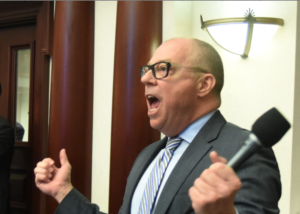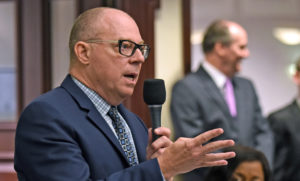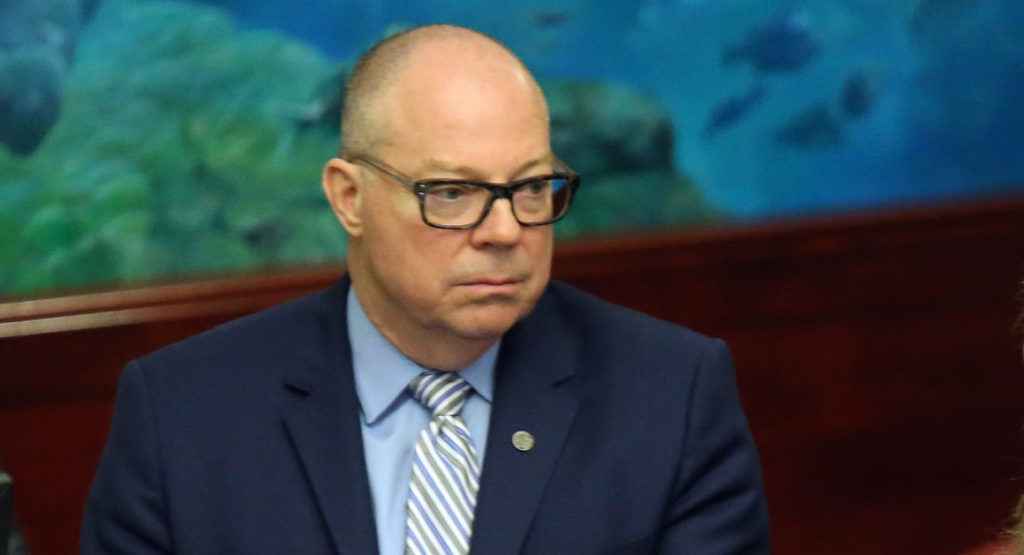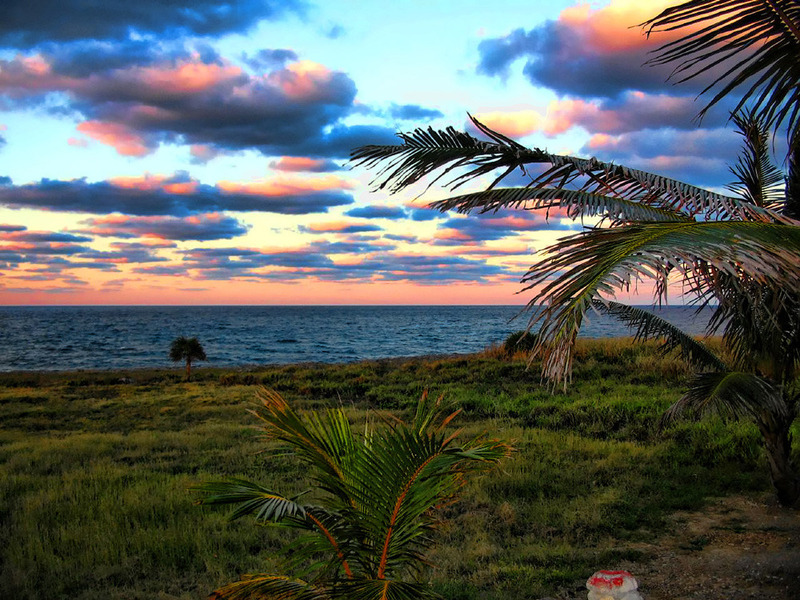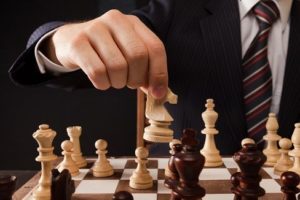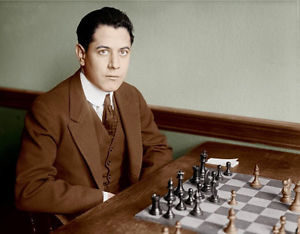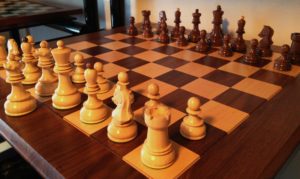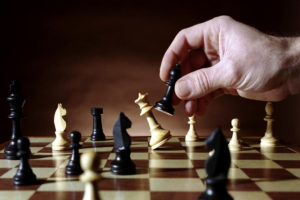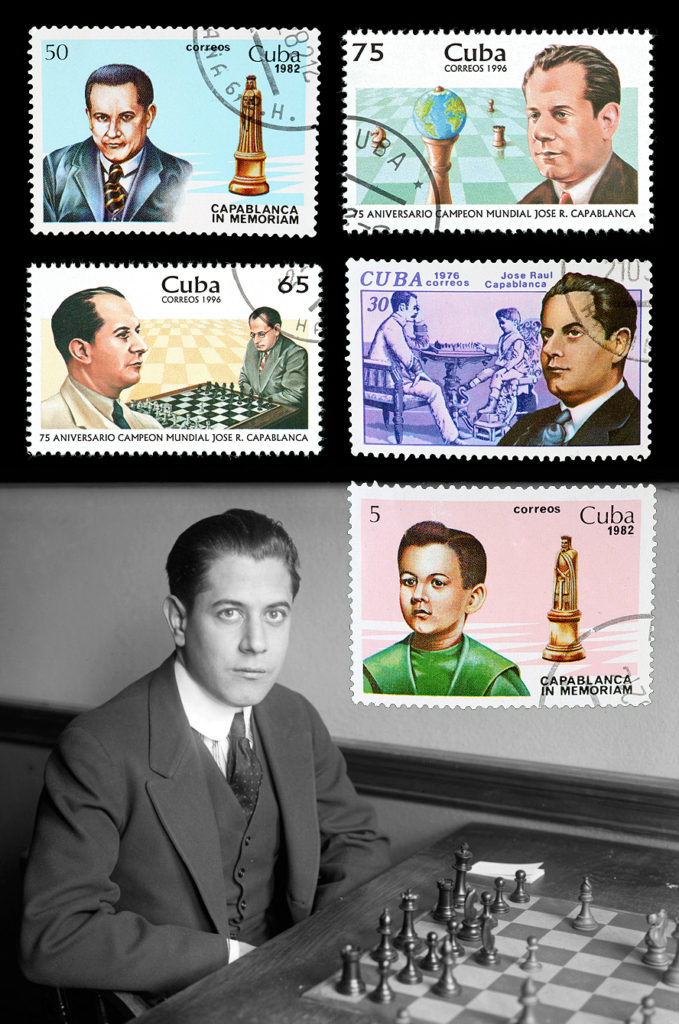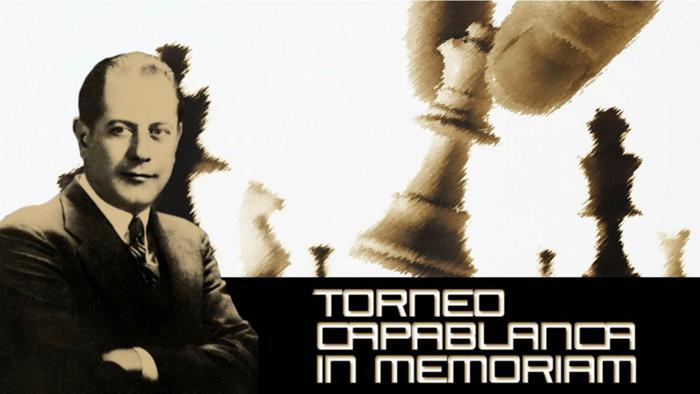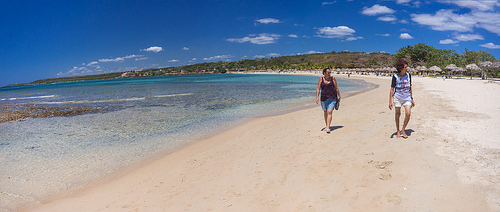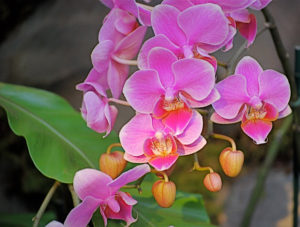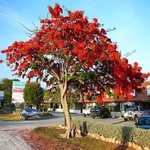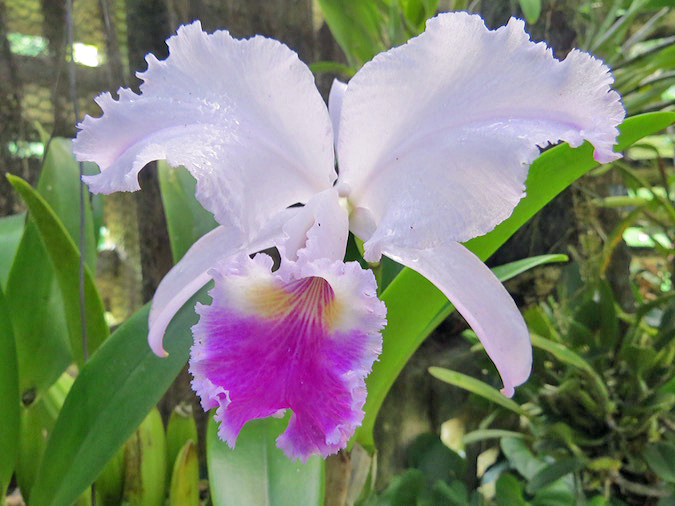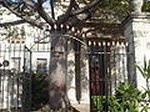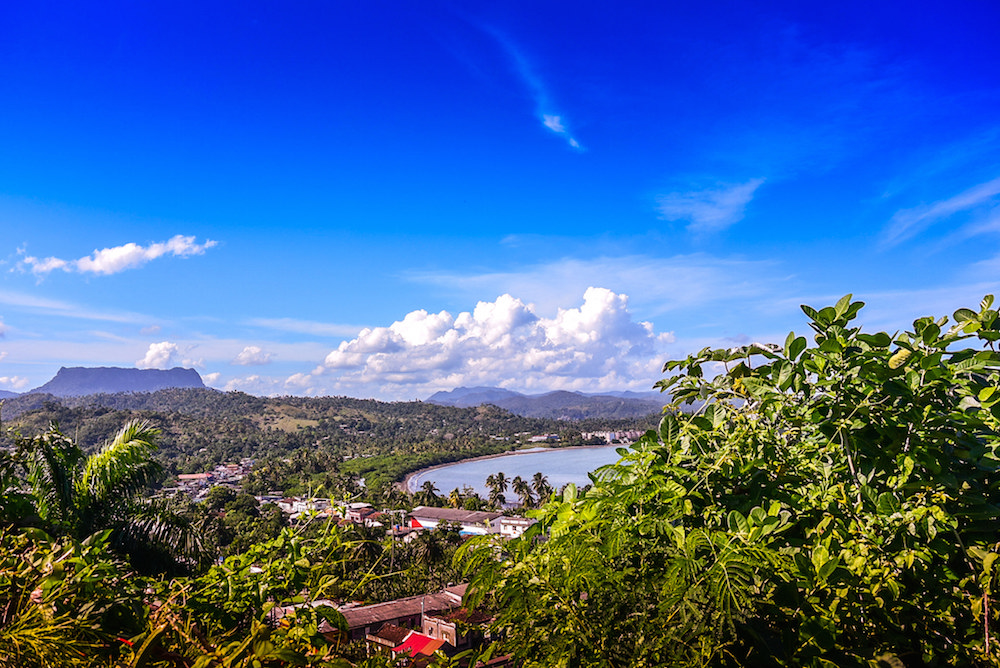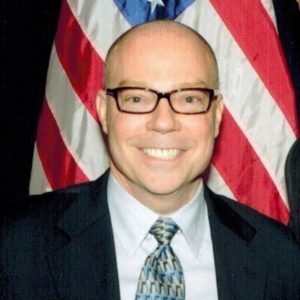 IN WORKING VISIT ARRIVED TO CUBA THE ASPIRANT TO OCCUPY THE POST OF ILEANA ROS LEHTINEN.
IN WORKING VISIT ARRIVED TO CUBA THE ASPIRANT TO OCCUPY THE POST OF ILEANA ROS LEHTINEN.
According to announcements made in Miami by those responsible for his campaign, Democrat David Richardson -who wants to take the place left by Ileana Ros-Lehtinen in the US Congress- began a visit to Cuba on Monday to “connect better” with the Cubans from South Florida.
Currently representing the House of Representatives in the Florida Congress for Little Havana (Miami), with a Cuban majority, Richardson will meet on the Island with businessmen, cultural organizations and members of the LGBTQ community.
The politician will seek to represent District 27 of Florida in the federal Congress, a seat that at the moment belongs to the Cuban-American Ileana Ros-Lehtinen, who in 1989 became the first Latina (and Cuban-American) elected in Congress, and that in 2017 He announced his retirement from politics.
A supporter of the process of normalization of relations with Cuba that Barack Obama initiated in the last part of his term, Richardson – who also speaks Spanish – has stressed that during his visit to Cuba he hopes to know “firsthand” the progress of this policy.
On the opening of relations with the island, he recalled that “Half a century of isolation did not achieve progress for the Cuban on foot,” and states that this is why he supports “totally a position of commitment with Cuban civil society.”
On the website of his campaign, Richardson emphasizes that Miami and Cuba are linked in a “unique way”. It alludes to the “innumerable families that fled from communism and began a new life in Miami,” who gave new history, culture and prosperity to the community. However, he recalls that “we can not turn a blind eye to the abusive policies of the government from which they fled.” It emphasizes that a new generation of Cuban-Americans and Cuban citizens can “work together to stop human rights violations and put an end to economic exploitation on the island.” Its purpose is to “hold the Cuban government accountable through commitment”, and in that sense it indicates four steps towards which its policy would be directed:
Richardson is the first openly gay politician elected in the state of Florida, and during his visit to Cuba he plans to meet with film director Rafael Ramos, manager of Café Madrigal, a very popular establishment among the island’s LGBTQ community. With Ramos, Richardson will talk about the current situation of the members of this community in the Cuban society.
In order to perceive closely “the challenges and new opportunities that small entrepreneurs are experiencing in Cuba”, the Efe agency emphasizes that Richardson will also visit the Atelier palate.
On November 6, the state of Florida will renew its 27 seats in the federal House of Representatives, but previously the parties must choose the official candidates in the primaries to be held next August.
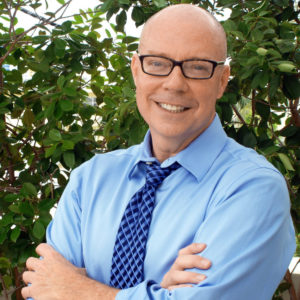 LLEGA A CUBA EN VISITA DE TRABAJO EL ASPIRANTE NORTEAMERICANO A OCUPAR EL PUESTO DE ILEANA ROS LEHTINEN.
LLEGA A CUBA EN VISITA DE TRABAJO EL ASPIRANTE NORTEAMERICANO A OCUPAR EL PUESTO DE ILEANA ROS LEHTINEN.
Según han anunciado en Miami los responsables de su campaña, el demócrata David Richardson -quien quiere ocupar el lugar que dejará Ileana Ros-Lehtinen en el Congreso de EE.UU.- inició ayer lunes una visita a Cuba para “conectar mejor” con los cubanos del sur de Florida.
Actual representante a la Cámara baja en el Congreso de Florida por La Pequeña Habana (Miami), de mayoría cubana, Richardson se reunirá en la Isla con empresarios, organizaciones culturales y miembros de la comunidad LGBTQ.
El político procurará representar al Distrito 27 de Florida en el Congreso federal, escaño que en estos momentos pertenece a la cubanoamericana Ileana Ros-Lehtinen, quien en 1989 se convirtió en la primera latina (y cubanoamericana) elegida en el Congreso, y que en 2017 anunció su retiro de la política.
Partidario del proceso de normalización de relaciones con Cuba que inició Barack Obama en el último tramo de su mandato, Richardson -que además habla español- ha destacado que durante su visita a Cuba espera conocer de “primera mano” los avances de dicha política.
Sobre la apertura de relaciones con la Isla ha recordado que “Medio siglo de aislamiento no logró el progreso para el cubano de a pie”, y precisa que por eso apoya “totalmente una posición de compromiso con la sociedad civil cubana”.
En la web de su campaña, Richardson enfatiza que Miami y Cuba están vinculados de “manera única”. Alude a las “innumerables familias que huyeron del comunismo y comenzaron una nueva vida en Miami”, quienes dieron nueva historia, cultura y prosperidad a la comunidad. Sin embargo, recuerda que “no podemos hacer la vista gorda ante las políticas abusivas del gobierno del que huyeron”. Enfatiza que una nueva generación de cubanoamericanos y ciudadanos cubanos pueden “trabajar juntos para detener las violaciones de los derechos humanos y poner fin a la explotación económica en la Isla”. Su propósito es “responsabilizar al gobierno cubano a través del compromiso”, y en ese sentido indica cuatro pasos hacia los cuales iría dirigida su política:
1-Normalización con Cuba fomentando un intercambio cultural entre Cuba y EE.UU. Una vieja rivalidad de la Guerra Fría no debería separar a las familias.
2-Continuar levantando las restricciones de viaje para los estadounidenses que deseen visitar la Isla. Un mayor contacto con la gente común de Cuba ayudará a disipar conceptos erróneos dañinos.
3-Disminuir las políticas económicas y de embargo dirigidas a Cuba, con la excepción de aquellas que beneficiarían financieramente a los servicios militares, de inteligencia o de seguridad cubanos.
4-Continuar responsabilizando al gobierno cubano, denunciando los abusos contra los derechos humanos y asegurando que nunca otorguemos al gobierno cubano un pase libre para atacar a su propio pueblo.
Richardson es el primer político abiertamente gay electo en el estado de Florida, y durante su visita a Cuba tiene previsto reunirse con el director de cine Rafael Ramos, gerente de Café Madrigal, establecimiento muy popular entre la comunidad LGBTQ de la Isla. Con Ramos, Richardson conversará sobre la situación actual de los miembros de dicha comunidad en el ámbito de la sociedad cubana.
Con el fin de percibir de cerca “los desafíos y las nuevas oportunidades que los pequeños empresarios están experimentando en Cuba”, la agencia Efe destaca que Richardson también visitará la paladar Atelier.
El próximo 6 de noviembre el estado de Florida renovará sus 27 escaños de la Cámara de Representantes federal, pero previamente los partidos deben escoger a los candidatos oficiales en las primarias a celebrarse en el próximo mes de agosto.
Agencies/CiberCuba/Internet Photos/ Arnoldo Varona/TheCubanHistory.com
THE CUBAN HISTORY, HOLLYWOOD.




